
Descubre Monsanto el pueblo portugués bajo una roca Easyviajar
1. Climb up to the Castle of Monsanto! Access to the Castle of Monsanto The Castle of Monsanto - a medieval castle built in the 12th century - is one of the most iconic castles in Portugal! It sits on a hilltop 763 meters (2,503 ft) above sea level.

Castillo de Monsanto Turismo en Portugal
As you continue uphill, it becomes clear that the entire village has been built around boulders of varying sizes. They form part of the walls, floors and in some cases the roofs of the medieval stone cottages. House under a rock, Monsanto, Portugal. To fully appreciate the way the village has evolved around the boulders, you need to wander.
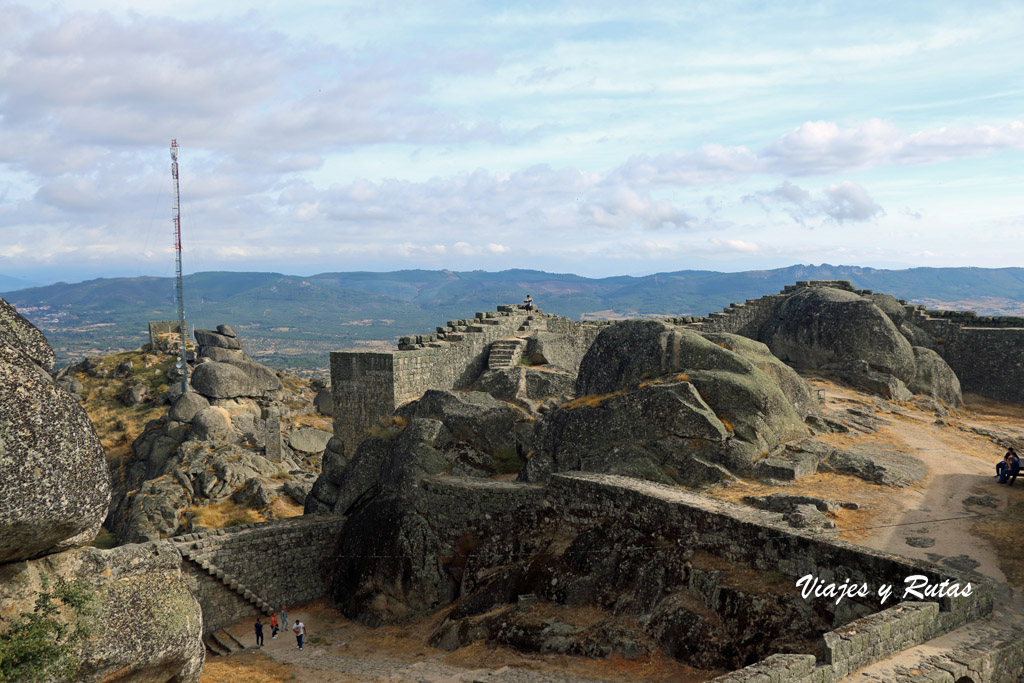
Monsanto, una bella aldea histórica de Portugal
Monsanto, o Monsanto da Beira, es una población perteneciente al concelho de Idanha-a-Nova del distrito de Castelo Branco, de Portugal. Esta es la ubicación de Monsanto. ¿Dónde aparcar? Circular con coche por el interior de Monsanto es prácticamente imposible y aparcar en temporada alta peor.

Monsanto Castle (Monsanto) Structurae
December 30, 2023 by Ana Veiga Sometimes the interior of Portugal feels like stepping back in time. Every town and village seems littered with castles and ruins, and it seems like life has slowed down. Contents show No place more so than in historic Monsanto, in Central Portugal.
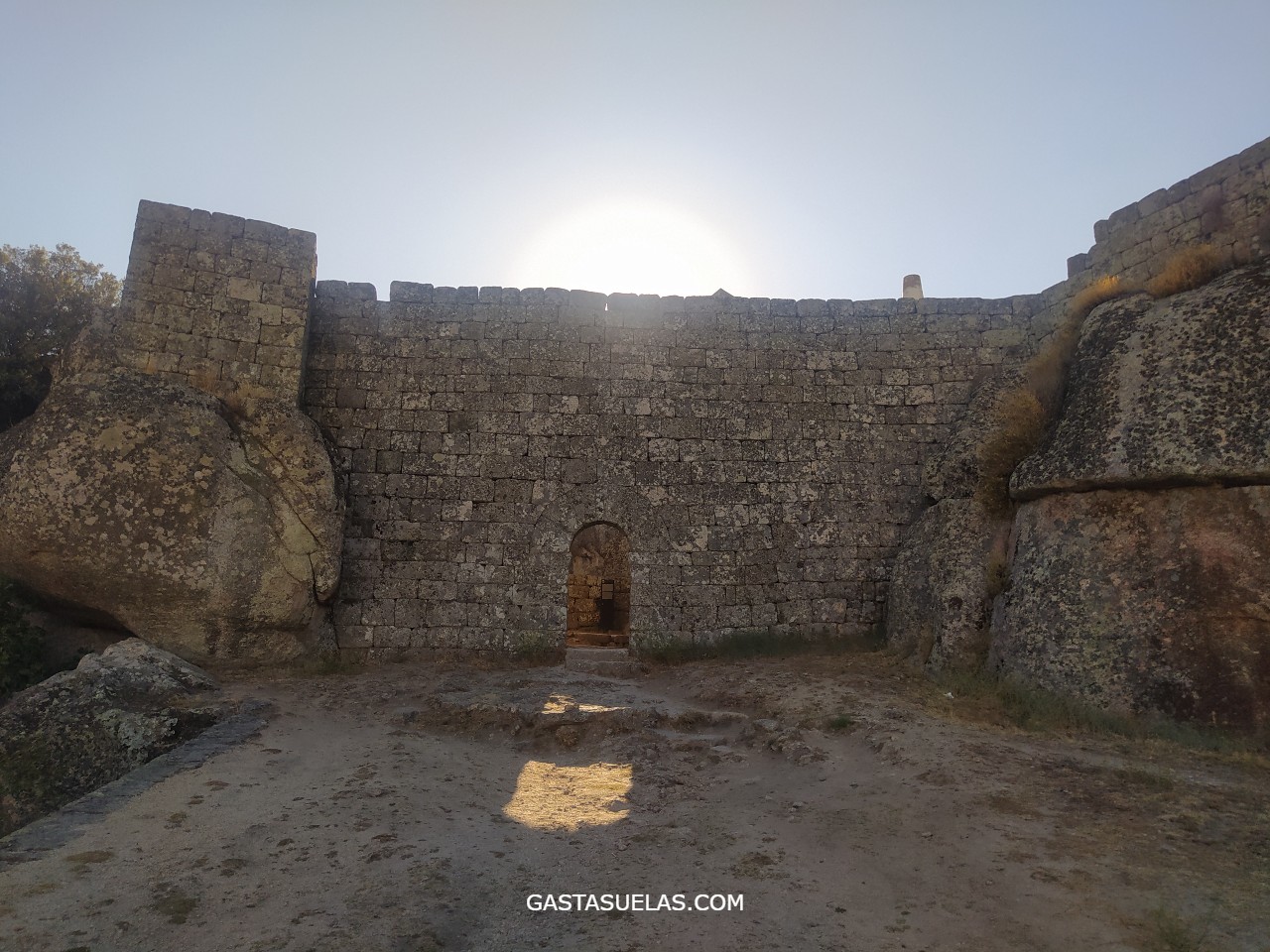
Monsanto (Portugal) El pueblo entre rocas que juega a los bolos con la naturaleza
Monsanto es una aldea de Portugal cuyas viviendas se han incrustado en enormes bolas de granito formando un paisaje de una belleza extraordinaria Anuncio En ocasiones lo más cercano es lo más sorprendente y desconocido. Esa sensación la tuvimos cuando llegamos a Monsanto, Portugal.
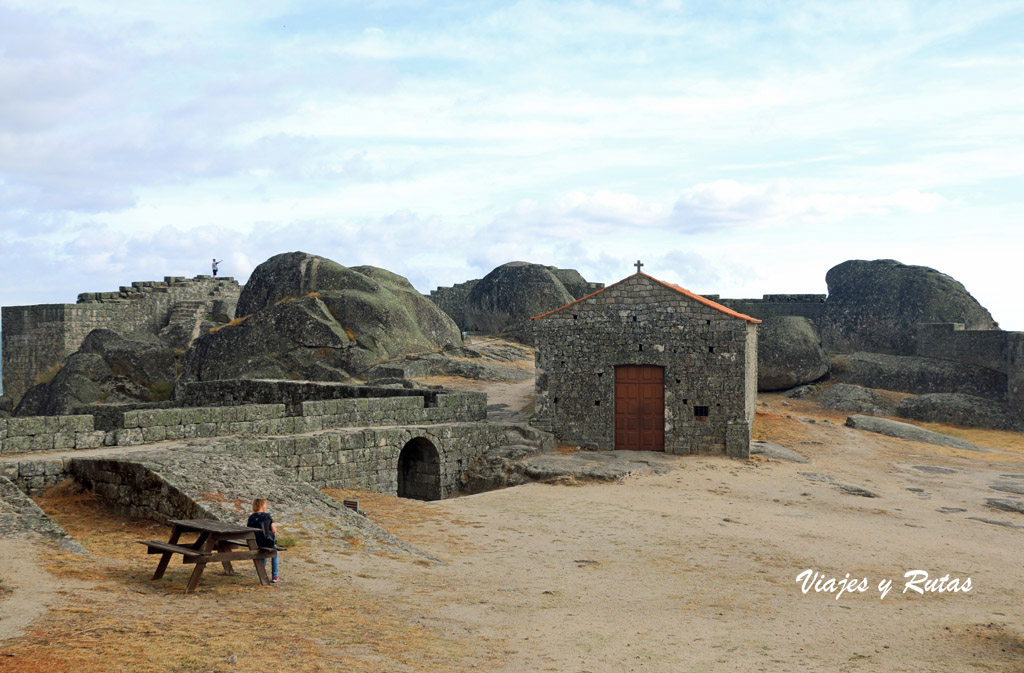
Monsanto, una bella aldea histórica de Portugal
Local name: Castelo de Monsanto. A medieval stronghold with the Idanha-a-Velha castle was built in 1171. It stands on top of a hill with a height of 763 meters, offering a beautiful view, stretching all the way to the Spanish border. It is worth visiting the castle itself, the chapels located within its walls, and the town of Monsanto, which in.
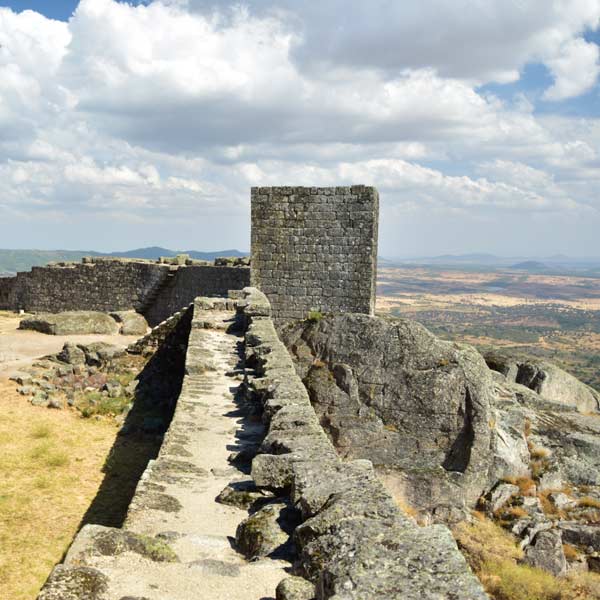
Monsanto, Portugal Guide touristique 2023
0. Monsanto Castle. Photo by Vitor Oliveira (Flickr) Sitting on top of a hill in the interior of Portugal, the Monsanto Castle was built in 1165 by Gualdim Pais, master of the Knights Templar. Located in Monsanto, the village that was the backdrop for the Game of Thrones prequel House of the Dragon, the castle is the crown jewel of the area.

CHÂTEAU DE MONSANTO PORTUGAL YouTube
Located in Idanha-a-Nova in the Castelo Branco district, the small mountain town of Monsanto is one of the "12 Historical Villages of Portugal" (a program created by the Portuguese government in 1991, to restore and enhance a series of villages in the Beira Interior region, older than the country itself).. With an imposing Templar castle, built in the 12th century and rising more than 750.
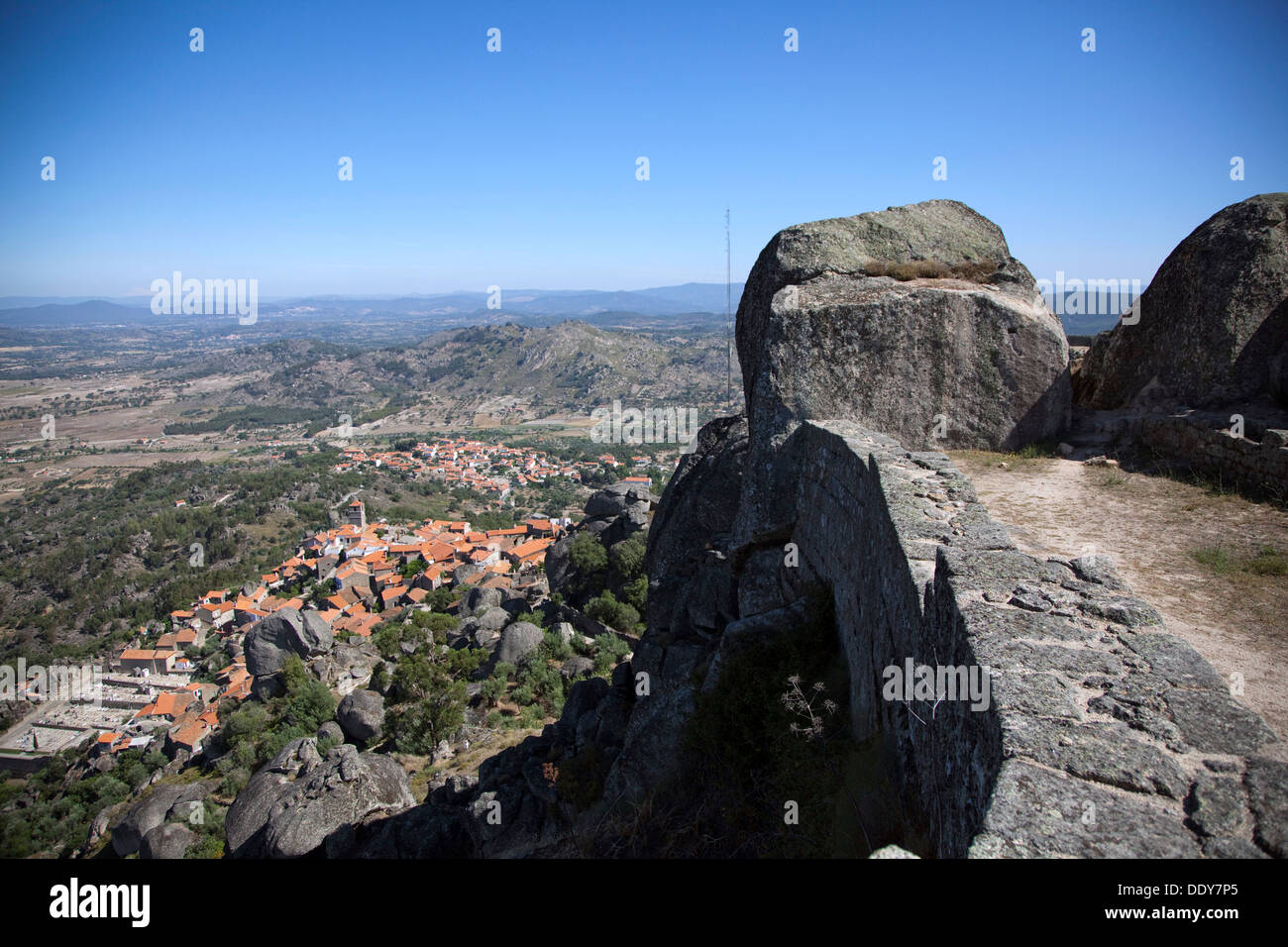
La vista desde el castillo de Monsanto, Monsanto, Portugal, 2009. Artista Samuel Magal
Monsanto is also within striking distance of Serra da Estrela, the highest mountain on mainland Portugal and centrepiece of a 100,000-hectare area of protected parkland incorporating the towns of Seia, Gouveia, Covilhã, Manteigas, Celorico da Beira and Guarda. Representing a natural barrier between northern and southern Portugal, Serra da Estrela is a land of sheep rearing, wheat farming and.

Visitar Monsanto y su castillo templario y perderse entre sus rocas para encontrar la magia
El Castillo de Monsanto es una impresionante fortaleza del siglo XIII hecha en piedra que se encuentra ubicada en una ladera rocosa, muy cerca de la pintoresca aldea de Monsanto, en Castelo Branc o, Portugal. Se trata de un lugar muy bonito, constantemente sacudido por el viento y poblado de flores silvestres y lagartijas.

Castle of Monsanto, Portugal. It was built over an ancient Lusitanian castro in 1165 by the
Situado en la cima de una colina, el pueblo de Monsanto (Portugal) tiene un encanto único, ya que ha sido construido alrededor de enormes rocas. Es un lugar divertido de explorar para encontrar las estructuras más extrañas debajo o alrededor de esas rocas.

El castillo de Monsanto foto de archivo. Imagen de ruina 86803920
Bus Travel in Portugal. Castelo Branco has bus connections to Covilhã (1 hour), Guarda (1 hour, 40-45 minutes), Lisbon with ten departures daily (3 hours, 45 minutes), Coimbra (2-3 hours), Monsanto (1 hour, 30 minutes), Penamacor (1 hour, 20 minutes), and Viseu (2 hours, 40 minutes). Connections to Salamanca in Spain with onward connections to.

Castillo de Monsanto Turismo en Portugal
Las ruinas del castillo son de buen tamaño y ofrecen unas vistas fantásticas, pero solo son un complemento al pueblo en sí. Si estás dispuesto a conducir hasta Monsanto o incluirlo en tus planes, no quedarás decepcionado con la visita. La calle principal subiendo hacia el castillo ¿Cuánto tiempo dura una visita a Monsanto?
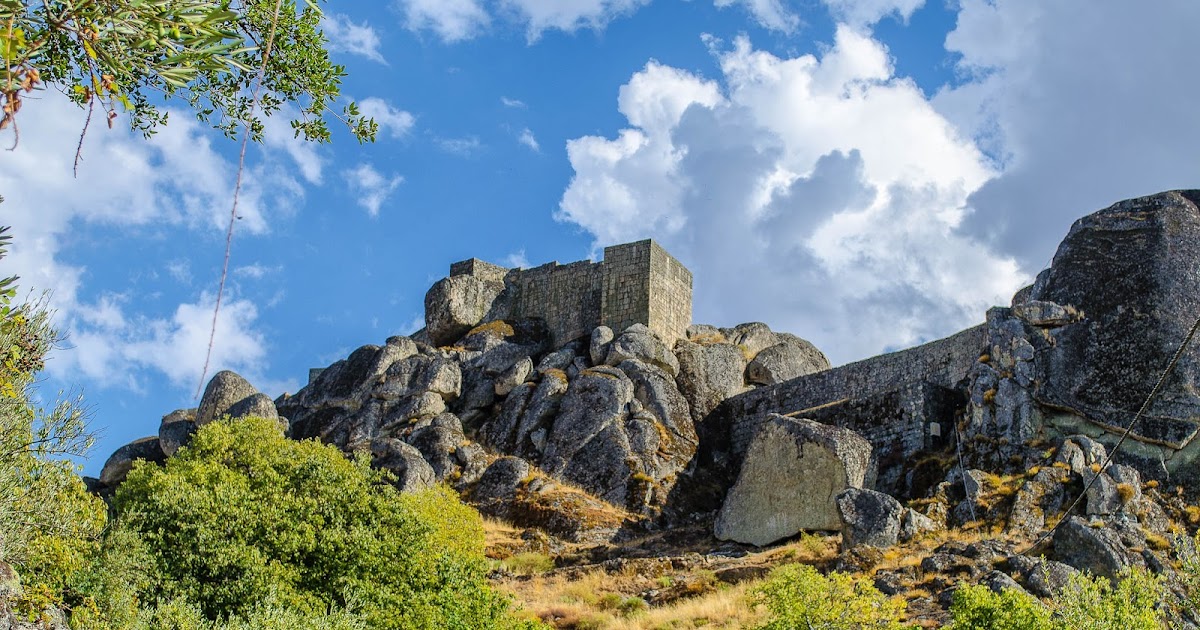
Castillo de Monsanto Turismo en Portugal
Mons sanctus o Monsanto se encuentra en la Región Centro de Portugal a una decena de kilómetros de la frontera española y de la localidad de Alcántara, Cáceres. Un lugar tan extraordinario sin duda es mágico. En Monsanto se percibe una atmósfera especial, el viento es fresco y aromático, la niebla una constante y el silencio agradable.
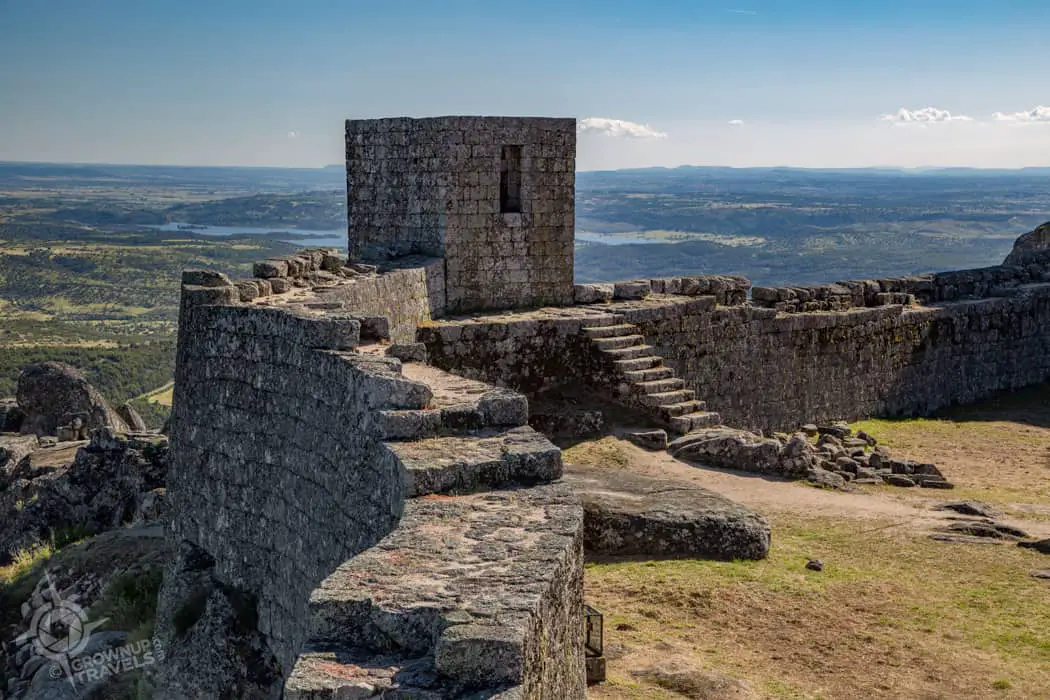
Monsanto, Portugal A Tiny Town Built on Boulders
The Castle of Monsanto ( Portuguese: Castelo de Monsanto) is a medieval castle located in the civil parish of Monsanto e Idanha-a-Velha, in the municipality of Idanha-a-Nova, Portuguese district of Castelo Branco . History A modern view of the same view of the fortress of Monsanto

Castillo de Monsanto, pueblo histórico alrededor de la Serra da Estrela, distrito Castelo Branco
Monsanto, often referred to as "the most Portuguese village in Portugal," is a stunning and unique destination perched on the slope of a steep hill in the Idanha-a-Nova municipality. This ancient village is renowned for its characteristic granite boulders, around which the houses have been constructed.